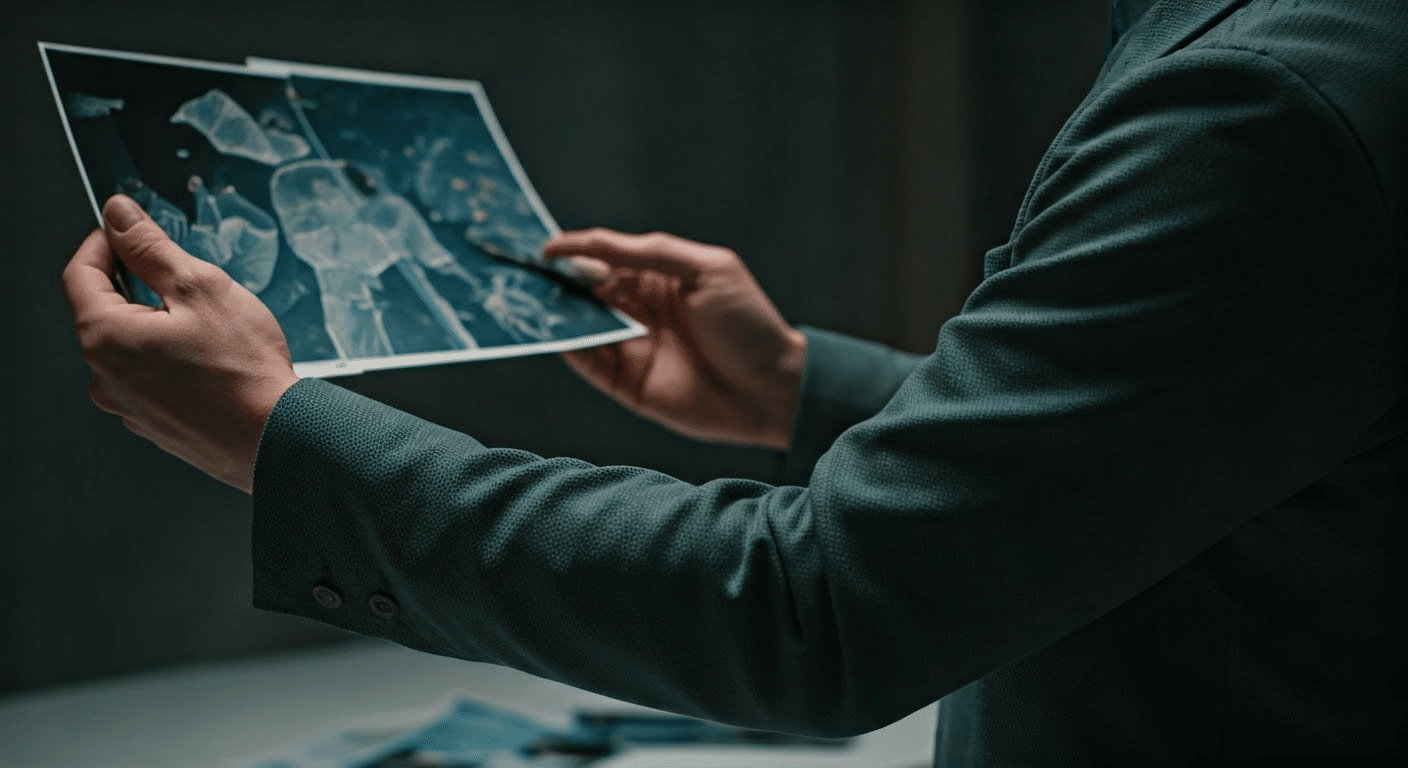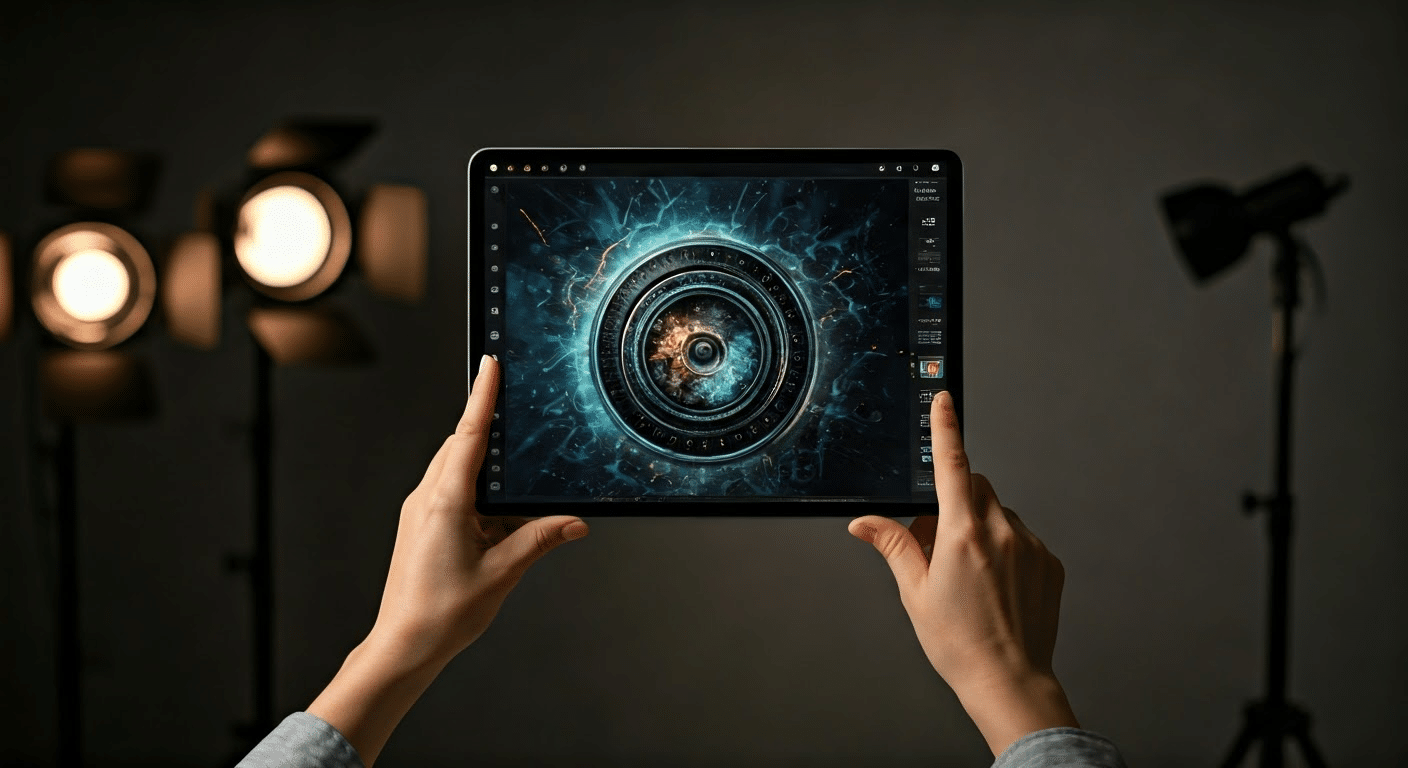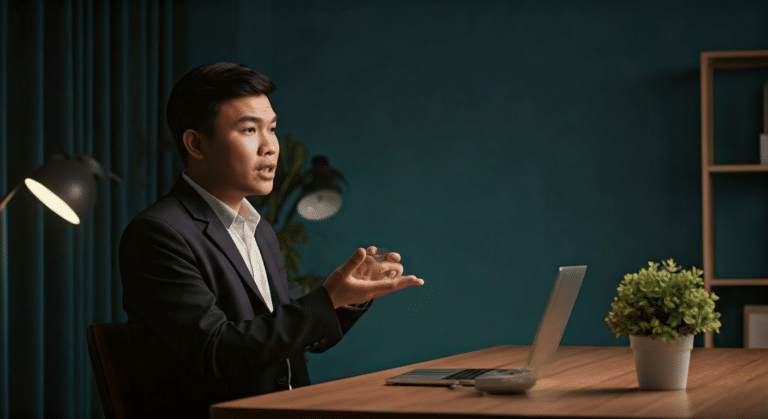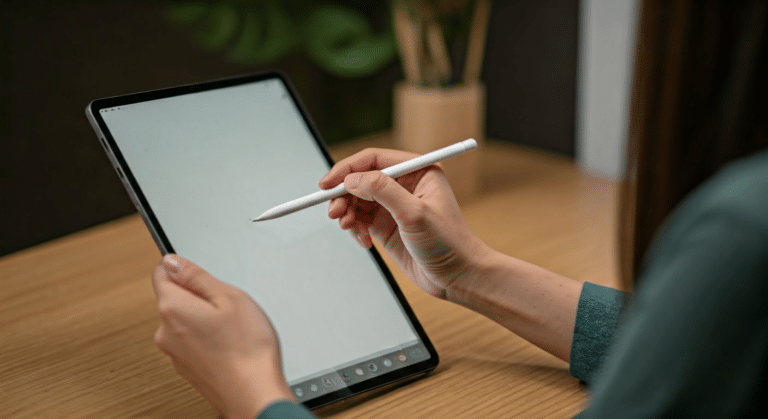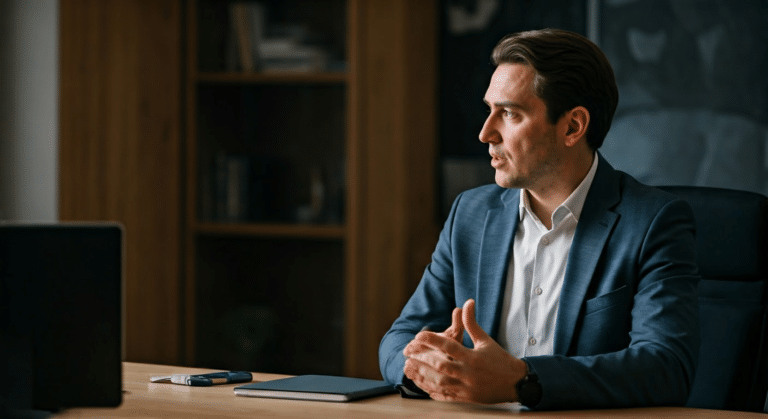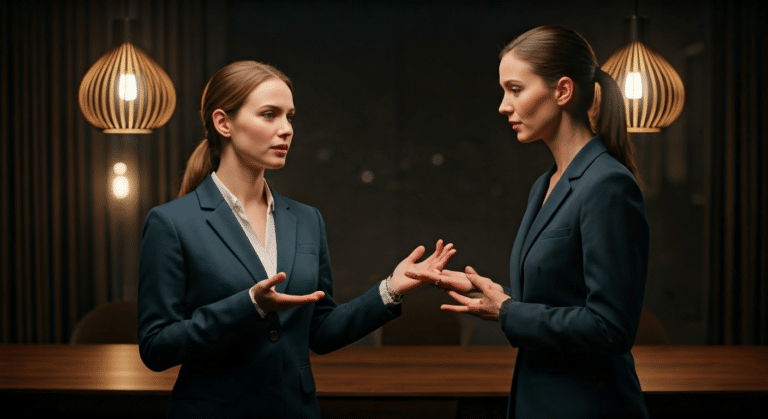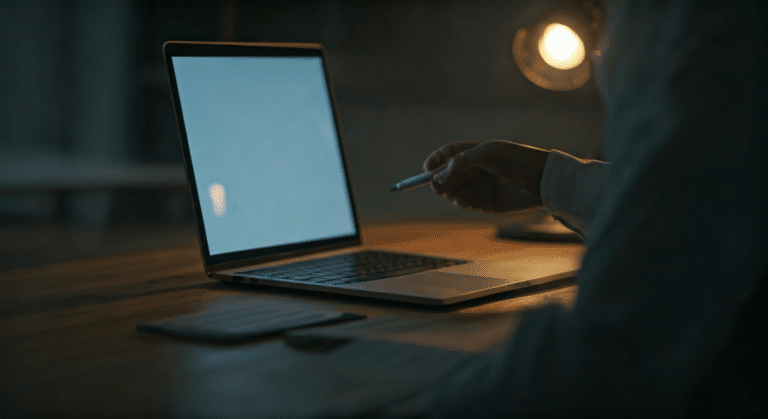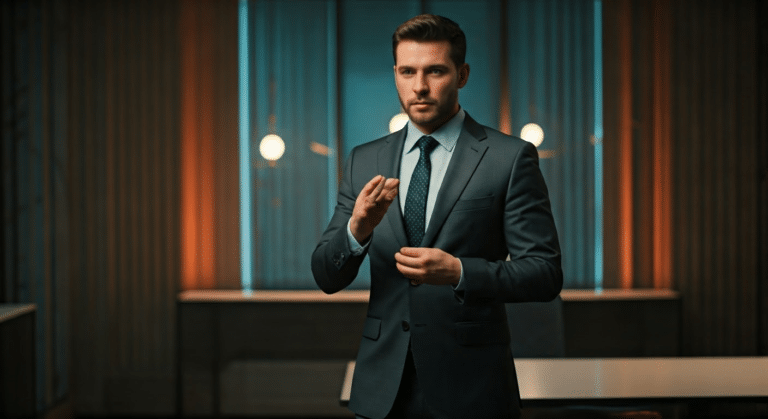The Smart Way to Handle Artificial Intelligence Pictures
Last Updated on February 16, 2025 by admin
While many think of traditional art as the pinnacle of creativity, artificial intelligence pictures are rapidly transforming the landscape. These images, generated through complex algorithms, allow artists to create intricate visuals effortlessly and at lightning speed. When I first encountered AI-generated images, I was both amazed and intrigued by their potential to reshape digital art. The ease with which one can produce vivid, imaginative pictures is truly revolutionary. This development sparked a new era where art is not only about skill but also about understanding how to use the site properly to craft something unique. Rethinking Ai Line Art
In my experience, the process of creating AI art is a fascinating journey of discovery. I’ve tested various platforms, and each offers a free trial, allowing users to explore their creative capabilities without commitment. The verification successful waiting period ensures the authenticity of the process, giving artists peace of mind. As we delve deeper into this article, I’ll share insights and practical tips on harnessing AI’s power in your art projects, setting the stage for an engaging exploration of this innovative field.
Understanding AI-Generated Images
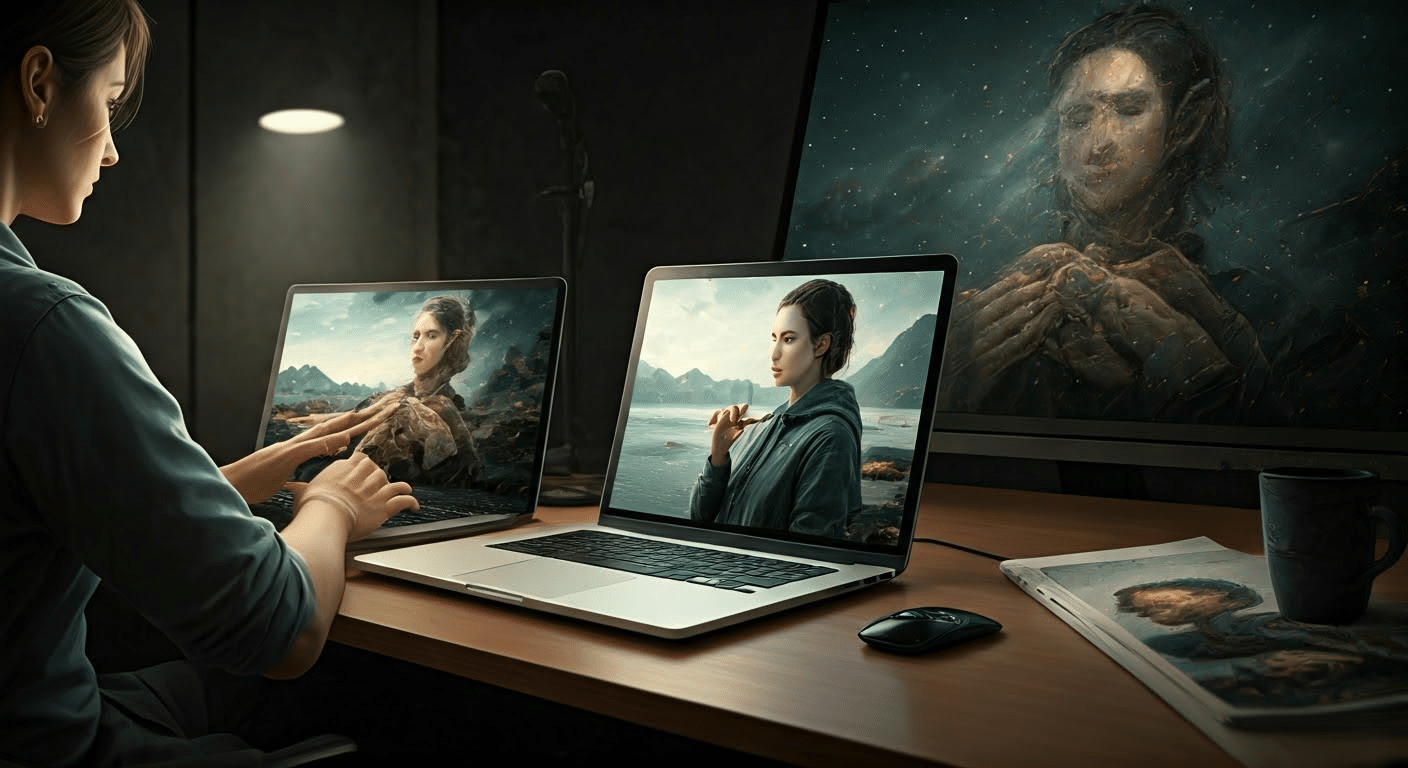
A lesser-known fact is that AI-generated images are not just intriguing art forms; they are a testament to the power of technology in modern creativity. By crafting algorithms that mimic human artistic processes, we can now create images that evoke a wide range of emotions and styles. These images are not just static pieces; they represent a futuristic approach to art, where the fusion of code and creativity unleashes new possibilities. Read more: Reddit.
The process of creating these images involves complex neural networks that analyze vast datasets to learn patterns and styles. This technology mimics the way a human might study art history or style nuances, enabling AI to produce images that resonate on a deeply human level. The user inputs specific parameters, and the AI generates a unique piece, often surprising even seasoned artists with its creativity. How I Solved My
This development sparked a significant shift in how we view art. Artists now have access to tools that expand their creative horizons, blending traditional practices with cutting-edge technology. The impact on creativity is profound; AI-generated images inspire artists to explore new ideas and challenge conventional boundaries. Moreover, the security of digital art is enhanced with unique identifiers, such as ray IDs, ensuring authenticity and ownership in this digital era.
What’s particularly interesting is how AI-generated images have transformed not only the art world but also industries like advertising and design. As we continue to explore this fusion of art and technology, we must embrace the potential of AI to enrich our creative lives.
In conclusion, AI-generated images are reshaping our understanding of art, offering new perspectives and possibilities. This naturally brings us to consider the broader implications of AI in our everyday lives. Rethinking Ai Image Description
- Definition and examples of AI-generated images
- The technology and processes behind creating AI images
- Impact on creativity and inspiration for artists
Reviewing the Impact of AI on Digital Art
What many don’t realize is the profound influence AI has on digital art. AI technology is revolutionizing the way we create and perceive art, leading to a dynamic shift in the artistic landscape. One of the primary benefits of AI in digital art is its ability to generate images with astonishing precision. AI tools can produce intricate designs that might take a human artist significantly longer to complete. Read more: Lloydalter.
Despite these advantages, challenges arise when creating AI-generated art. A key issue is the potential disconnect between human creativity and machine output. Artists often find it difficult to maintain a personal connection with their work when AI plays a significant role in its creation. This brings us to the debate around human versus AI creativity. While AI can mimic styles and generate images, the emotional depth and unique inspiration that come from human experience remain irreplaceable.
Artists are increasingly experimenting with AI to push the boundaries of their creativity. However, verifying the authenticity and originality of AI-generated images can be complex. Proceeding with caution, artists must ensure that their work maintains its aesthetic and emotional value. This balance is crucial for fostering a meaningful connection between the artist and their audience. What I Learned About
In conclusion, while AI offers exciting possibilities for digital art, it also presents challenges that must be navigated carefully. The ongoing dialogue between technology and human creativity will shape the future of art, encouraging artists to think outside the box and explore new horizons.
Latest Insights and Developments
Artificial Intelligence (AI) in image processing has advanced significantly, offering innovative solutions across various industries. This section explores recent research findings, important statistics, and the latest developments in AI-generated imagery.
Key Research Findings
Recent studies have revealed several crucial insights about AI-generated images: The Experts Guide to
- AI algorithms can now generate high-resolution images indistinguishable from real photos (Source: MIT, 2025).
- Generative Adversarial Networks (GANs) are pivotal in enhancing image quality and realism.
Important Statistics
Key statistics highlight the growing impact of AI in image processing:
- The global AI image recognition market is projected to reach $12.5 billion by 2025.
- 85% of top e-commerce platforms use AI for image search and personalization (Source: Gartner, 2025).
Latest Developments
Significant advancements have been made in AI image technology:
- AI models can now create personalized images based on user preferences in real-time.
- AI-driven restoration of historical images has gained popularity in digital archiving.
These insights reflect AI’s transformative role in revolutionizing image processing, with ongoing research paving the way for future innovations.
Accessing AI Pictures and Legal Considerations
Here’s something surprising: Finding free AI-generated images is easier than ever, thanks to the multitude of sites available. Popular platforms like Unsplash and Pixabay offer a vast array of AI generated images that are both stunning and diverse. These sites provide a user-friendly experience, ensuring that even beginners can easily navigate and download the images they need. Many of these platforms are accessible directly through your browser, which means you can quickly find and use these images for various projects.
However, the creation and use of AI images come with legal considerations. Copyright laws can be tricky when dealing with AI generated images. It’s important to understand that while these images might be free to use, the ownership and rights can vary significantly. As a result, I always recommend checking the specific licensing agreements of each site before using the images. This ensures that you’re not infringing on any rights unknowingly.
Building on this, the future of AI images in public domains is exciting yet complex. With continuous updates in technology, we can expect more sophisticated AI-generated images that challenge traditional copyright laws. These updates also mean that the filters and algorithms used in image generation will only improve, offering even more realistic and creative outputs. As someone who frequently uses these images, I find it crucial to stay informed about legal updates and browser compatibility to ensure seamless access and proper usage.
In conclusion, while AI-generated images offer incredible opportunities, being aware of legal aspects and staying updated with browser capabilities is essential for responsible use.
